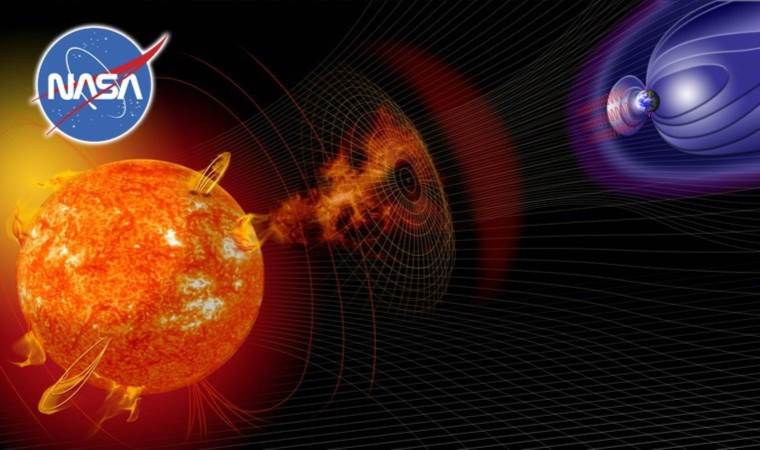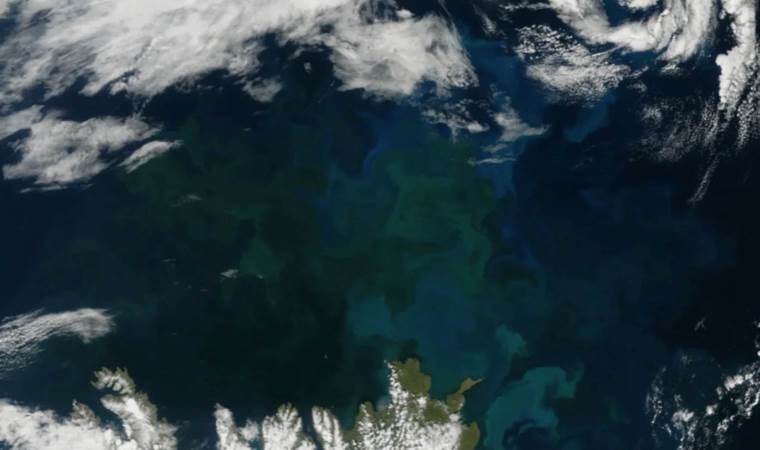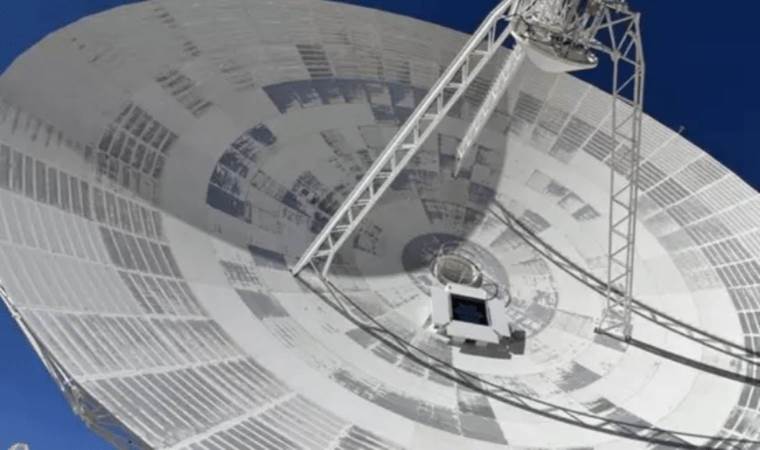NASA warns of severe solar flare impacting communications
NASA has reported a significant solar flare, rated X6.3, occurring on the Sun, which could disrupt communications in space and on Earth.

The agency has issued a warning about the potential for these powerful solar flares to interrupt communications both in space and on Earth.
The Aviation and Space Agency announced on Thursday, February 22, 2024, at 17:34 GMT, the peak of a solar flare rated at X6.3.
What is X6.3?
Solar flares are large bursts of energy that suddenly erupt from the Sun. These flares are categorized into five classes: A, B, C, M, and X, based on their power and impact, with M and X being the most dangerous.
Solar flares, which have an 11-year cycle, can adversely affect radio communications and electrical grids on Earth.
The Strongest Flare Since 2017
This X6.3 flare is the largest recorded on the Sun since 2017 and ranks 27th in the historical list of solar flares on Space Weather Live, with the largest event rated at X40.
According to a report on Sputnik, the X6.3 flare was followed by an X1.8 flare on Wednesday and an X1.7 flare on Thursday.
The National Oceanic and Atmospheric Administration (NOAA) has warned that the X6.3 flare could mean "temporary disruption or complete loss of signal for high-frequency radio operators" but emphasized that it does not pose a significant threat to the general public.
These flares occur during the 25th Solar Cycle, which began in 2019 and is expected to peak in 2025, lasting until 2030. The X6.3 flare is the largest of this cycle so far but is unlikely to hold this title for long.
Why Do Flares Disrupt Communications?
Solar flares are defined as sudden and intense bursts of energy on the Sun's surface, often associated with changes in the Sun's magnetic field. The impact of a flare can increase the amount of solar radiation reaching Earth and cause magnetic storms.
Magnetic storms lead to sudden changes in Earth's magnetic field, disrupting electrical and electronic systems on the ground. The effects of magnetic storms are more pronounced at high latitudes and in polar regions where the magnetic field is weaker.
As a result, solar flares and magnetic storms can cause disruptions in communication systems on Earth. Systems such as radio signals, satellite communications, and electrical grids can be affected or damaged by electrical currents generated by magnetic storms.
Efforts are made to predict the effects of solar flares and take necessary precautions to prevent damage to communication systems.
Most Read News
-
 Israeli foreign minister claims interest in Syria deal d
Israeli foreign minister claims interest in Syria deal d
-
 EU must cut overdependencies to stay competitive, von de
EU must cut overdependencies to stay competitive, von de
-
 4 killed in latest US strike on alleged ‘narco-trafficki
4 killed in latest US strike on alleged ‘narco-trafficki
-
 Japanese prosecutors seek life sentence for assassin of
Japanese prosecutors seek life sentence for assassin of
-
 Mexico's president urges UN to intervene in Venezuela to
Mexico's president urges UN to intervene in Venezuela to
-
 Trump touts 'Warrior Dividend,' record in address to nat
Trump touts 'Warrior Dividend,' record in address to nat
-
 Venezuelan president appeals to Colombian military for h
Venezuelan president appeals to Colombian military for h
-
 Trump greenlights over $11B in new arms packages for Tai
Trump greenlights over $11B in new arms packages for Tai












